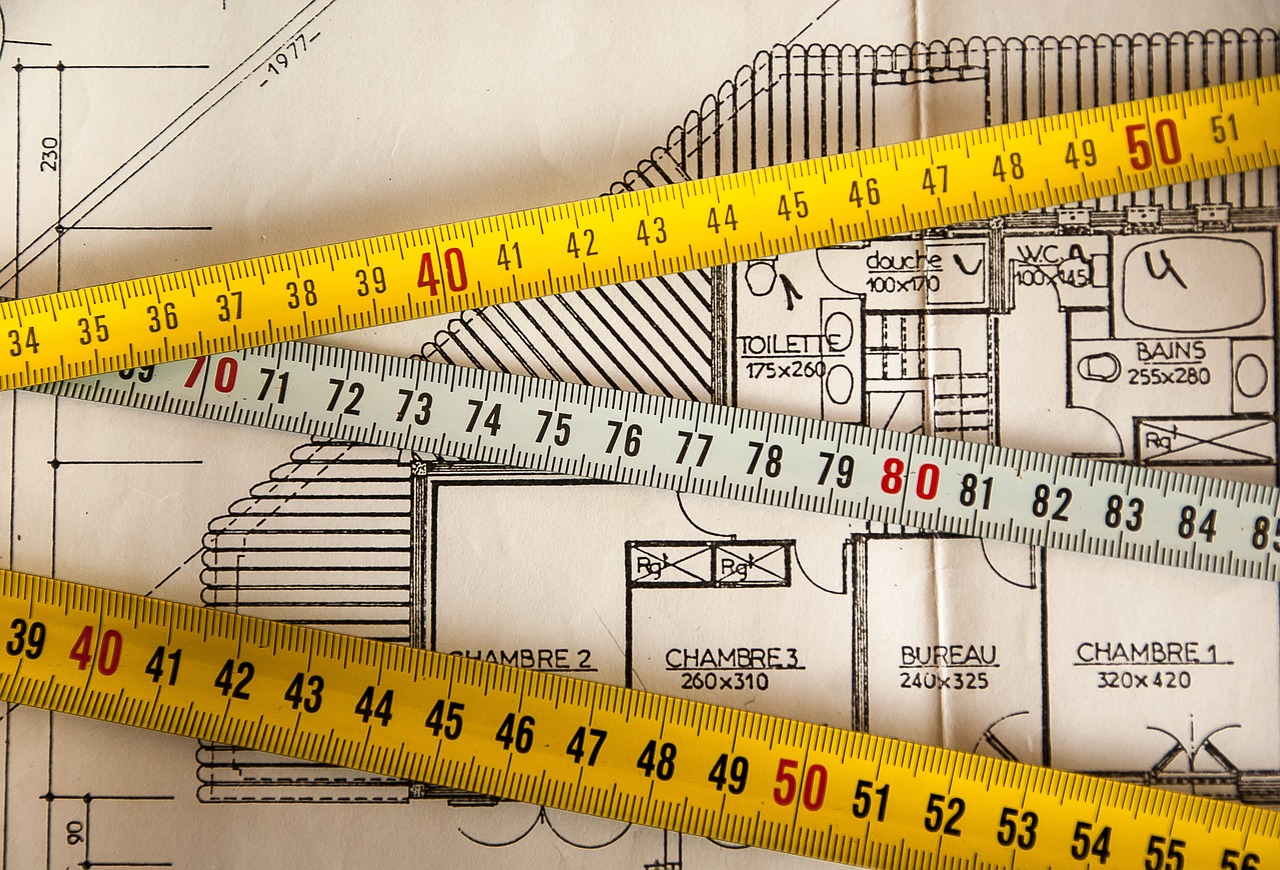-
Table of Contents
- The Architect’s Journey: From Concept to Creation
- Initial Concept and Vision
- Sources of Inspiration
- Design Development
- Tools and Techniques
- Client Collaboration and Feedback
- Effective Communication
- Technical and Structural Considerations
- Engineering Collaboration
- Construction Phase
- Project Management
- Case Studies
- Burj Khalifa, Dubai
- Sydney Opera House, Australia
- Conclusion
The Architect Journey: From Concept to Creation
The journey of an architect from the initial concept to the final creation is a fascinating and intricate process. This article explores the various stages involved, providing insights into the challenges and triumphs that architects face along the way.
Initial Concept and Vision
The journey begins with the initial concept and vision. This stage involves brainstorming and ideation, where architects draw inspiration from various sources such as nature, history, and modern technology. The goal is to create a design that is both functional and aesthetically pleasing.
Sources of Inspiration
Architects often look to:
- Natural landscapes and forms
- Historical architecture and cultural heritage
- Technological advancements and innovations
- Client needs and preferences
Design Development
Once the initial concept is established, the next step is design development. This phase involves creating detailed drawings and models to visualize the project. Architects use various tools and software to refine their designs and ensure accuracy.
Tools and Techniques
Common tools and techniques include:
- Computer-Aided Design (CAD) software
- Building Information Modeling (BIM)
- 3D printing for model creation
- Virtual reality for immersive visualization
Client Collaboration and Feedback
Collaboration with clients is a critical aspect of the architect’s journey. Regular meetings and presentations help ensure that the design aligns with the client’s vision and requirements. Feedback is incorporated into the design to make necessary adjustments.
Effective Communication
Key elements of effective communication include:
- Clear and concise presentations
- Regular updates and progress reports
- Open and honest dialogue
- Flexibility to adapt to client feedback
Technical and Structural Considerations
Technical and structural considerations are paramount in the design process. Architects work closely with engineers to ensure that the building is safe, sustainable, and compliant with regulations.
Engineering Collaboration
Collaboration with engineers involves:
- Structural analysis and calculations
- Material selection and testing
- Environmental impact assessments
- Compliance with building codes and standards
Construction Phase
The construction phase brings the design to life. Architects oversee the construction process, working with contractors and builders to ensure that the project is executed according to the plans.
Project Management
Effective project management includes:
- Scheduling and timeline management
- Budget tracking and cost control
- Quality assurance and inspections
- Problem-solving and conflict resolution
Case Studies
Examining real-world examples can provide valuable insights into the architect’s journey. Here are a few notable case studies:
Burj Khalifa, Dubai
The Burj Khalifa, designed by Adrian Smith, is a testament to modern engineering and architectural innovation. The project involved extensive collaboration between architects, engineers, and contractors to create the world’s tallest building.
Sydney Opera House, Australia
The Sydney Opera House, designed by Jørn Utzon, is an iconic example of modern architecture. The project faced numerous challenges, including budget overruns and technical difficulties, but ultimately became a symbol of architectural excellence.
Conclusion
The journey from concept to creation is a complex and rewarding process for architects. It involves creativity, technical expertise, and effective collaboration. By understanding the various stages and challenges involved, we can appreciate the dedication and skill required to bring architectural visions to life.
